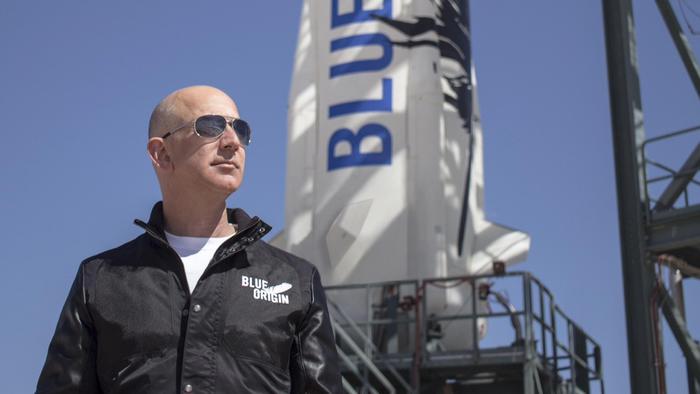The latest test flight of Starship, the SpaceX-branded rocket, a company owned by Elon Musk, ended in failure, with the loss of the next-generation spacecraft. The company reported that the spacecraft’s six engines shut down one after another, losing contact after only 8 minutes and 30 seconds of flight.
“We did lose all communications with the ship – that is essentially telling us we had an anomaly with the upper stage,” SpaceX communications manager Dan Huot said.
Starship’s failed flight created countless disruptions to air traffic. To avoid potential debris from the rocket, numerous companies were forced to divert the routes of their respective commercial flights. At the Miami airport, moreover, some aircraft were forced to remain grounded.

SpaceX had used the launch tower’s giant new mechanical arms to capture the returning booster. The excitement of the capture soon turned to disappointment, however, not only for the company but also for the crowd gathered near the headquarters in Boca Chica, Texas. “It was great to see a booster come down, but we are obviously bummed out about ship,” said Huot, adding it would take time to analyze the data and figure out what happened. “Success is uncertain, but entertainment is guaranteed!”, wrote Elon Musk on X instead, posting a video showing the spacecraft’s debris.
The richest man in the world further explained that initial investigations revealed that “we had an oxygen/fuel leak in the cavity above the ship engine firewall that was large enough to build pressure in excess of the vent capacity.”
The last data received from the spacecraft indicated an altitude of 90 miles and a velocity of 13,245 mph. The company later said that debris from the craft fell into the Atlantic Ocean, within the predefined areas.
For Thursday’s flight, major test objectives included restarting a Raptor engine in space and deploying 10 Starlink devices to test a new satellite delivery system. Musk plans in the near future to launch actual satellites aboard his spacecraft. These will also be made available to NASA, which intends to return to the Moon once they finally pass all the tests. However, Mars is the only goal of the world’s richest man.

This week, Musk’s spacecraft were not the only ones performing flight tests in the North American skies. In Florida, Jeff Bezos’s Blue Origin company launched its latest little gem, the New Glenn, which had reached orbit on its first attempt, successfully placing an experimental satellite thousands of miles above Earth.
However, the Amazon patron’s booster was destroyed, missing its targeted landing on a floating platform in the Atlantic.
At the end of their respective tests, the patrons of the two space companies exchanged compliments, putting aside the rivalry that had pitted them against each other in the very recent past. Musk even sardonically posted a gif of the famous movie “Step Brothers.”











